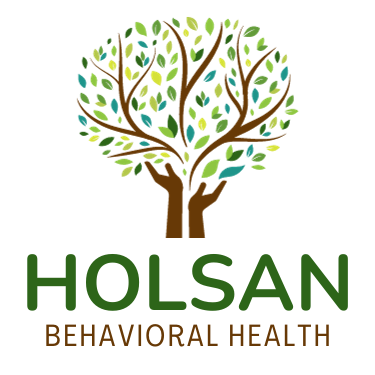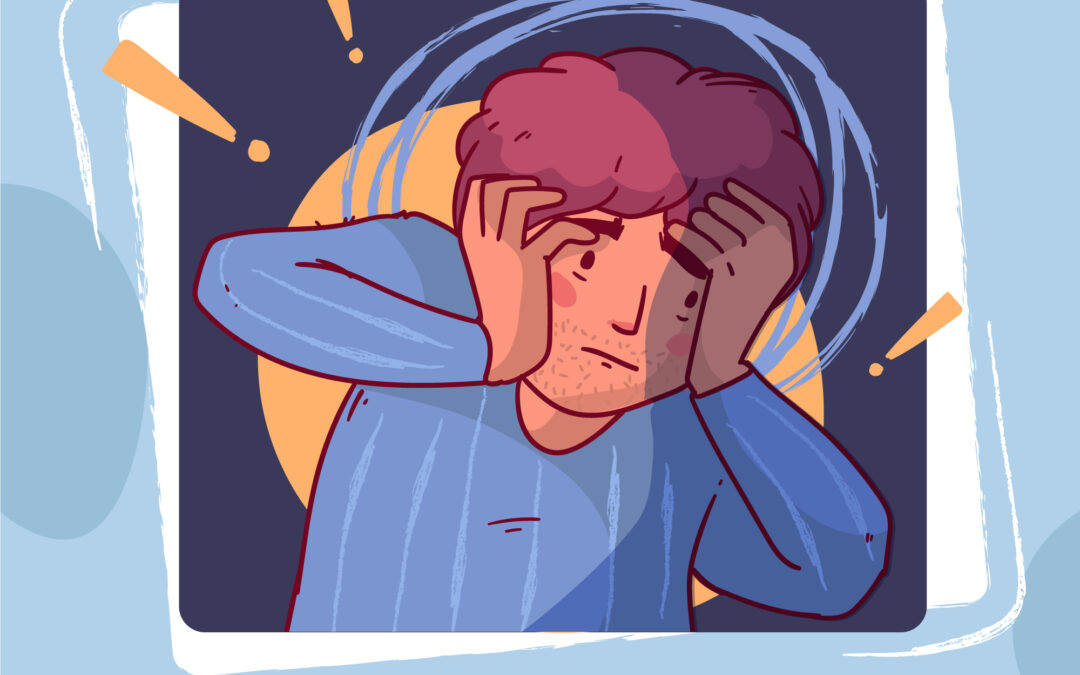Post-Traumatic Stress Disorder PTSD is a serious mental health condition that can develop after experiencing or witnessing a traumatic event. From military combat and abuse to accidents and natural disasters, trauma can leave a lasting impact on the mind and body. As part of our focus on mental wellness, it’s important to understand how trauma affects individuals and the essential steps for healing.
Whether you or someone you care about is navigating the effects of trauma, this guide will help shed light on the journey to recovery.
1. Recognizing the Signs
PTSD doesn’t look the same for everyone. Some people develop symptoms within weeks of a traumatic event, while others may not notice them for months or even years.
Common symptoms include:
- Flashbacks or intrusive memories
- Nightmares or trouble sleeping
- Irritability or anger outbursts
- Emotional numbness or detachment
- Avoidance of places, people, or situations that remind them of the trauma
- Hypervigilance or feeling constantly “on edge”
These symptoms can significantly interfere with daily life, relationships, and overall well-being. Recognizing them is the first step toward healing.
2. Understanding How Trauma Affects the Brain
When we experience trauma, our brains go into survival mode. The amygdala (the brain’s fear center) becomes overactive, while the hippocampus (which processes memory) and the prefrontal cortex (responsible for rational thought) may become less active.
This neurological response explains why people with PTSD might:
- Struggle with memory gaps about the event
- Feel constantly unsafe, even in non-threatening environments
- React intensely to minor triggers
Understanding that these are biological responses, not personal weaknesses, is key to reducing stigma and encouraging healing.
3. Seeking Trauma-Informed Support
Healing from PTSD requires compassion, time, and the right support system. While everyone’s healing journey is unique, several evidence-based treatments have been proven effective:
- Cognitive Behavioral Therapy (CBT): Helps reframe negative thoughts and behaviors.
- Eye Movement Desensitization and Reprocessing (EMDR): A structured therapy that helps process traumatic memories.
- Medication: Antidepressants and anti-anxiety medications may help manage symptoms.
- Mindfulness and Somatic Therapies: Yoga, breathing techniques, and body-based practices can help reconnect the mind and body.
At Holsan Behavioral Health, we provide care for individuals experiencing PTSD, helping them reconnect with a sense of peace, safety, and emotional balance
4. Creating a Healing Environment
Healing doesn’t only happen in therapy sessions. Creating a supportive, stable environment is just as important.
You can support your own or someone else’s healing by:
- Building safe and consistent routines
- Encouraging expression through art, writing, or movement
- Avoiding judgment— this isn’t something people can just “get over”
- Connecting with trusted friends, support groups, or peer communities
Additionally, practicing self-compassion is essential. Healing from PTSD isn’t linear—it comes with good days and hard days. Celebrate progress, no matter how small.
Why PTSD Awareness Matters
June is an opportunity to raise awareness about trauma and, especially during PTSD Awareness Month. It’s a time to educate ourselves and others, break the silence, and offer hope to those who are struggling in silence.
According to the U.S. Department of Veterans Affairs, about 6 out of every 100 people will experience PTSD at some point in their lives. While veterans are commonly associated with the condition, this affects people of all ages and backgrounds.
Final Thoughts
Healing from trauma takes courage, but no one has to do it alone. By understanding, reducing stigma, and providing compassionate support, we create a pathway to healing and wholeness.
If you or a loved one is living with this, help is available. At Holsan Behavioral Health, we’re committed to providing evidence-based, trauma-informed care that empowers individuals to heal and thrive.
References:
- National Center for PTSD. (2023). PTSD Basics. Retrieved from https://www.ptsd.va.gov/understand/what/ptsd_basics.asp
- American Psychological Association. (2023). https://www.apa.org/topics/ptsd
- National Institute of Mental Health. (2022). Post-Traumatic Stress Disorder. https://www.nimh.nih.gov/health/topics/post-traumatic-stress-disorder-ptsd

